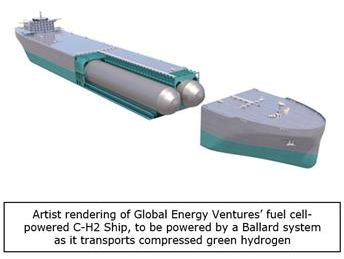Fascinating new episode with NASA planetary geophysicist Bruce Banerdt, the principal investigator for the Mars InSight lander which is changing the way scientists now view Mars’ interior dynamics and inner workings. Please have a listen.
I welcome Bruce Banerdt, the principal investigator for NASA’s Mars InSight lander, which has been operating on the Martian surface for two years now. Although it’s had some technical issues, it’s offered a sea change in how geophysicists are interpreting the dynamics and makeup of the Martian core. In this episode, we talk about what we currently understand about Mars’ geophysical makeup and, among other things, whether it ever had plate tectonics which was so crucial for the evolution of sentient life here on Earth.









